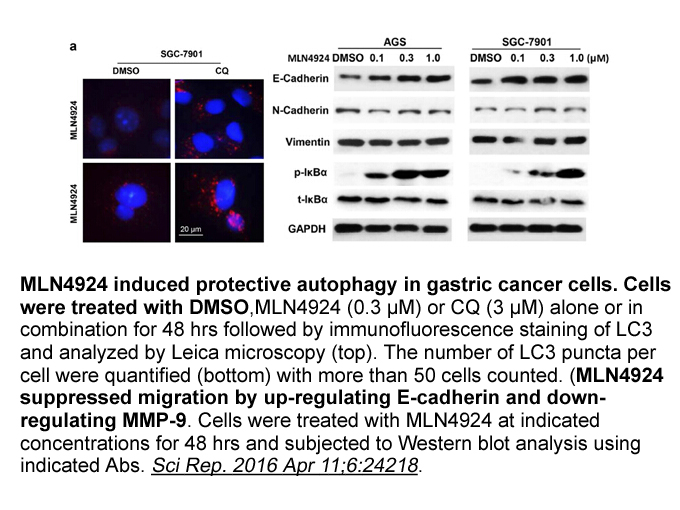Archives
Methods We used data from meta
Methods We used data from meta-analyses from the fields of climate change, agriculture, economics, nutrition, and neurology referenced in the UN Intergovernmental Panel on Climate Change fifth Assessment Report and obtained via a Web of Science search in January, 2015. We constructed a model of these meta-analyses to evaluate the effect of temperature on yields of all crops; yields on consumption demand elasticity; consumption on caloric intake; and caloric intake on the incidence of undernutrition, stunting, iron deficiency anaemia in children under 5 years, and glut1 zinc deficiency. We calculated incidences of nutritional deficiencies with and without the diluting effect of rising atmospheric CO2 concentration on crop iron and zinc content.
Findings Across Kenya, Rwanda, Tanzania, and Uganda, for every 1°C degree of warming we predict that mean calorie consumption would be reduced by 2·20% (95% CI 0·93–3·51); the percentage of undernourished children would increase by 2·40% (1·1–4·1); the incidence of moderate stunting would increase by 12·33% (11·47–13·52) and severe stunting would increase by 6·32% (5·87–6·93). The proportion of children under 5 years with iron deficiency anaemia is predicted to increase by 1·62% (1·12–2·11) without CO2 dilution effects and 3·00% (1·16–4·84) with CO2 effects. The incidence of zinc deficiency is predicted to increase by 1·20% (0·84–1·56) and 1·88% (0·64–3·13) with and without CO2 effects. At the Paris Agreement target to limit mean global temperature rise to 2°C, we predict total additional cases above baseline (World Bank, 2010) of undernutrition, moderate and severe stunting to be 537 000 (258 000–949 000), 189 000 (91 000–334 000), and 97 000 (46 000–172 000). Compared with World Bank (2010) and Food and Agriculture Organization (2005) baselines, additional cases of iron and zinc deficiency in children aged under 5 years are predicted to range from 49 000 to 380 000 and 28 000 to 126 000, with Rwanda and Tanzania predicted to have the fewest and most cases in both scenarios.
Interpretation Although the combining of meta-analyses will propagate uncertainty, our meta-model is an attempt to quantify the effect of rising global temperatures on paediatric neurological development. Our findings could be used in developing countries to support child nutrition programmes, and to justify investment in agricultural productivity and interventions to mitigate climate change.
Funding None.
Declaration of interests
Abstract
Background Lead exposure is a public-health issue throughout the world. Although many developed countries have implemented screening processes, there has not been a surveillance study of young children in Haiti. This pilot study sought to document baseline lead concentrations in the blood of healthy children living in Haiti and to quantify the prevalence of raised blood lead concentrations.
Methods We did a cross-sectional study of a convenience sample of healthy children aged 9 months to 6 years. Participants were voluntarily enrolled from three geographic departments in Haiti between March, 2015, and June, 2015: children with chronic medical conditions were excluded. We recorded anthropometric data, family income data, and information on lead exposure. We measured lead concentration in fingerprick blood samples at baseline. An elevated concentration of lead in blood was defined in accordance with the US Centers for Disease Control & Prevention (CDC) criterion as ≥5 μg/dL (0·24 μmol/L). We used ANOVA to make comparisons between groups and linear regression to identify predictors of blood lead concentrations.
Findings We enrolled 274 participants: 95 in Artibonite department, 100 in Centre, and 79 in Ouest. Mean age was 3·3 years (SD 1·6 years), median household weekly income was US$30 (IQR  $20–50), and 50·6% of participants were girls (n=137); parasitism baseline characteristics did not vary between geographic groups. Children in Centre weighed less and had smaller mid-upper arm circumference than in Ouest and Artibonite. Median concentration of lead was 0·28 μmol/L (IQR 0·21–0·37), and was significantly higher in Centre (0·33 μmol/L [0·27–0·41]) than Ouest (0·25 μmol/L [0·20–0·33]) and Artibonite (0·25 μmol/L [0·20–0·33]; p=0·04). We recorded raised concentrations of lead in 174 (58·2%) participants. Frequency of concentrations of lead ≥0·24 μmol/L was greater in Centre (82%) than in Ouest (50·6%) and Artibonite (54·7%) (p<0·0001). Frequency of concentrations ≥0·48 μmol/L (n=26, 8·7%) or ≥0·97 μmol/L (n=3, 1%) did not differ between departments. Exposure to discarded batteries (but not to motorised vehicles, paved road, lead-based gasoline, or lead-based paint) was a significant predictor of higher lead concentrations, although parental knowledge about the possibility of exposures was low.
$20–50), and 50·6% of participants were girls (n=137); parasitism baseline characteristics did not vary between geographic groups. Children in Centre weighed less and had smaller mid-upper arm circumference than in Ouest and Artibonite. Median concentration of lead was 0·28 μmol/L (IQR 0·21–0·37), and was significantly higher in Centre (0·33 μmol/L [0·27–0·41]) than Ouest (0·25 μmol/L [0·20–0·33]) and Artibonite (0·25 μmol/L [0·20–0·33]; p=0·04). We recorded raised concentrations of lead in 174 (58·2%) participants. Frequency of concentrations of lead ≥0·24 μmol/L was greater in Centre (82%) than in Ouest (50·6%) and Artibonite (54·7%) (p<0·0001). Frequency of concentrations ≥0·48 μmol/L (n=26, 8·7%) or ≥0·97 μmol/L (n=3, 1%) did not differ between departments. Exposure to discarded batteries (but not to motorised vehicles, paved road, lead-based gasoline, or lead-based paint) was a significant predictor of higher lead concentrations, although parental knowledge about the possibility of exposures was low.